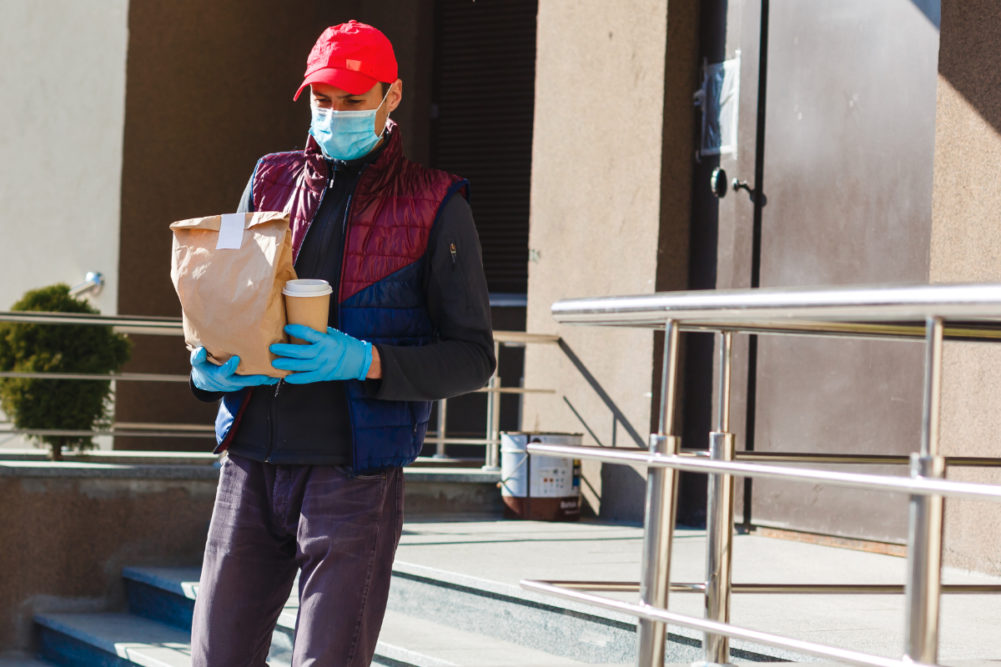GLADSTONE, MO. — COVID-19 has had people stockpiling groceries and seeking contactless food deliveries. Perhaps less of a concern now is taking sustainability issues into account when making food purchases.
“We are hearing about — more anecdotal than hard data at this point — consumers trading sustainability for safety and cost,” said Susan Schwallie, executive director of food and beverage consumption for the NPD Group, a market research and consumer insights company. “Some municipalities have said, ‘We’re not going to charge you for the plastic bags. We’re not going to let you use a reusable bag.’”
Schwallie spoke in an April 10 webinar organized by the Center for Food Integrity, Gladstone, Mo., as did Kevin Ryan, PhD, founder of Malachite Strategy and Research, a consulting firm for consumer packaged goods and foodservice.
Ryan said people’s interest in environmentalism, one aspect of sustainability, could drop because of COVID-19.
“I think we can only handle one big massive crisis at a time,” he said. “I think a lot of people are kind of putting (environmentalism) on the backburner.”
Ryan said environmentalism eventually could return, perhaps with a “sharper” marketing edge. Messages could convey fear to consumers by talking about environmental problems potentially causing a global crisis.
Food fear during COVID-19 has meant people worrying about getting too close to other grocery shoppers or worrying about delivery food that was touched by a restaurant employee.
“It’s a food fear, but it’s a fear of contact,” Ryan said.
Schwallie added, “People are really shying away from money, but they’re passing back and forth a credit card.”
The Centers for Disease Control and Prevention has said people should not worry about getting COVID-19 through eating food, but it’s possible they can get COVID-19 by touching a surface or object that has the virus on it and then touching their own, mouth, nose or possibly their eyes.
Contactless delivery has become a pivotal part of foodservice. Takeout and delivery are the only options since in-restaurant dining is not allowed throughout much of the United States.
Schwallie said weekly transactions at restaurants were down 41% for the week ended April 3, but she added the plunge in restaurant sales appears to be slowing.
“The foodservice decline that we’ve seen actually stabilized,” she said. “So at least for the moment, we’ve kind of hit a bottom if you will. A lot of that is dictated by, we’ve maxed out on regulatory restrictions on foodservice at this point.”
Foodservice sales probably will not begin to rebound until restrictions are loosened, both Schwallie and Ryan said. Schwallie said when restaurants start to open for dining again, they could have fewer tables spaced farther apart to keep people farther apart. Ryan said restaurants initially may open at half their previous capacity. Schwallie added that once the restaurants open, the economy may add another challenge. People out of work will not have money to eat at restaurants.
Schwallie said hoarding of retail items like toilet paper appears to have slowed, which, along with the slowing down of restaurant sales declining, means the food situation amid COVID-19 has stabilized but has yet to start getting back to normal.
“I kind of call April the trough,” Schwallie said. “We might be sitting here for a while.”




